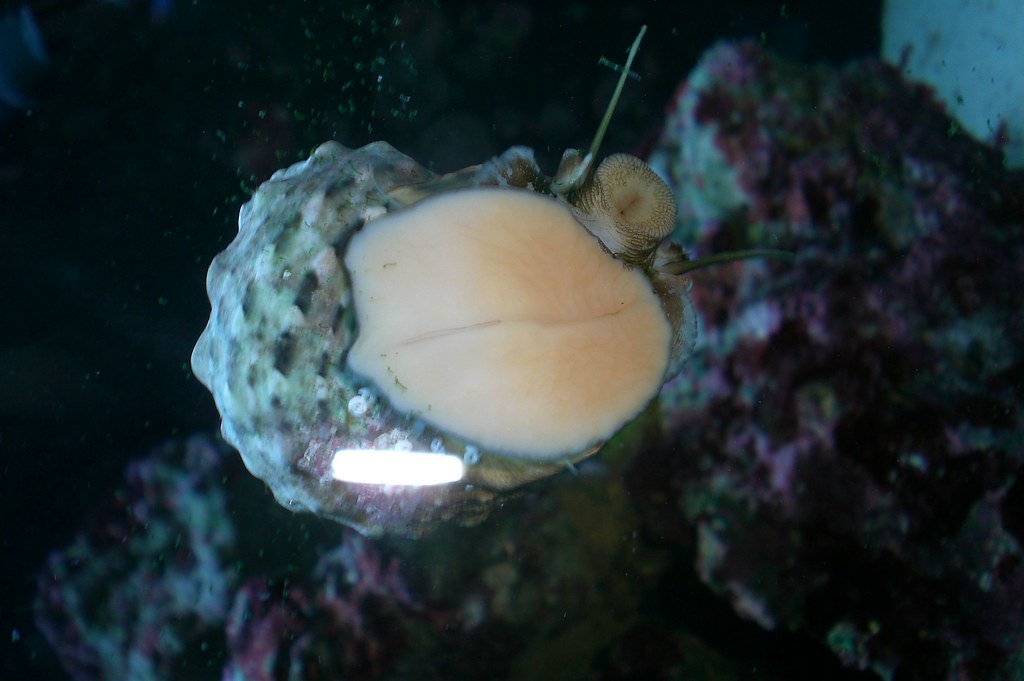sen5241b
Reef enthusiast
Thanks reefnutz, good to know. But let me reiterate, this is vastly different than hair algae. Emeralds and hermits help a little on the Red turf algae, but the turbo cleaned the tank in about two weeks! I don't know why I haven't tried them before! :)
Having a Phd in RTA I agree with this statement for the most part. But my emeralds have done a great job. I 've heard so many bad suggestions about what might eat RTA that we really need to supply hard evidence that something is eating RTA. DAvis's pics are excellent. I have, using a magnifying glass, watched my emeralds eat the RTA. At any one time I can see at least one of my emeralds eating it. In some cases they eat fairly large pieces of it.
At this point, I think a combination of emeralds and the large turbos (2 or 3 inch) is turning out to be the best method of controlling RTA. (You'll never be rid of it.)

